The Martenitsa is an ornament made of white and red threads that Bulgarians put on their clothes or wrists every year on March 1. The classic martenitsa is made of white and red woolen threads, woven together. Each color has a specific meaning: red symbolizes blood and life; white suggests purity and happiness. By tradition, the oldest woman in the family ties the martenitsa on each child’s hand to protect them against evil spells and to ensure good health.
Bulg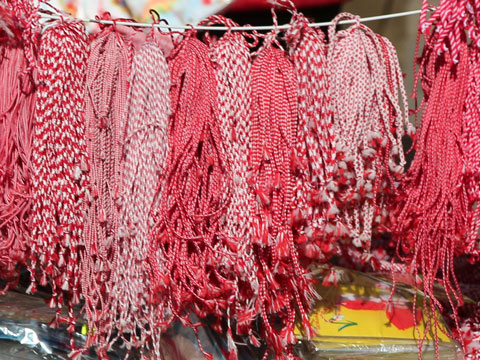 arians wear martenitsi until the first bloom appears on the tree or until they see the first migrating bird return. In some parts of Bulgaria, people attach martenitsi to fruit trees or to their pets. Everybody gives martenitsi to their relatives and friends.
arians wear martenitsi until the first bloom appears on the tree or until they see the first migrating bird return. In some parts of Bulgaria, people attach martenitsi to fruit trees or to their pets. Everybody gives martenitsi to their relatives and friends.
Long ago, martenitsi were given mainly to children, housemaids and brides as a kind of protective amulet. Bulgarians believed that it could protect people, houses, domestic animals and all one’s possessions from the “evil powers “of winter. For contemporary Bulgarians, martenitsi are in the first place a tradition and a symbolic wish for good health. Today the tradition of giving out martenitsi is kept up as a unique Bulgarian custom that everyone can enjoy!
There is a legend of Asparuch, the founder of the First Bulgarian Empire, that preserves the origin of the martenitsa. After he won a great victory over the Byzantine army, he sent a victory letter tied to the leg of a carrier pigeon with a white thread. However, while the bird was flying, it was seen by Byzantine soldiers who shot at and wounded it. Despite its injuries, the pigeon arrived successfully at the Bulgarian camp, but the white thread was stained partially red with blood. From that moment on Bulgarians started making martenitsas.
The story sounds apocryphal, but the tradition of Martenitsa is still very real. Use this opportunity to wish your friends and neighbors well, it is sure to put a smile on every face.
Martenits’a are available at almost every major intersection, station, bus stop, or shopping center for the days leading up to 1 March.
See some images of Baba Marta and martenitsi:

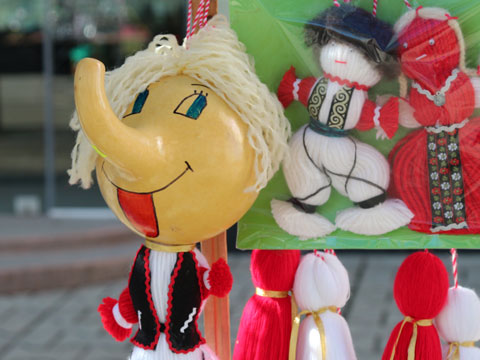
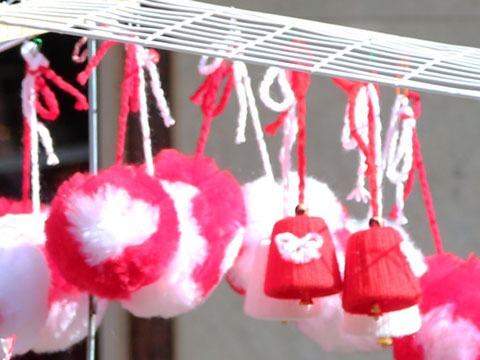
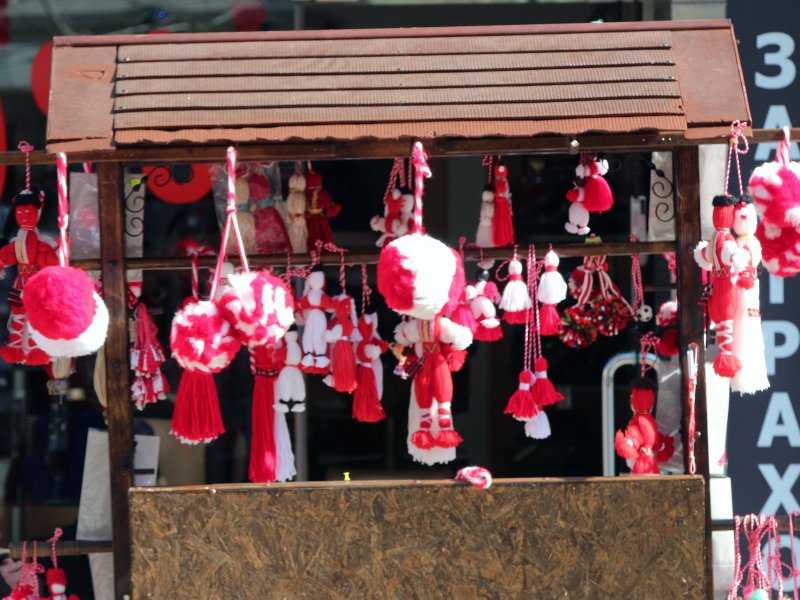
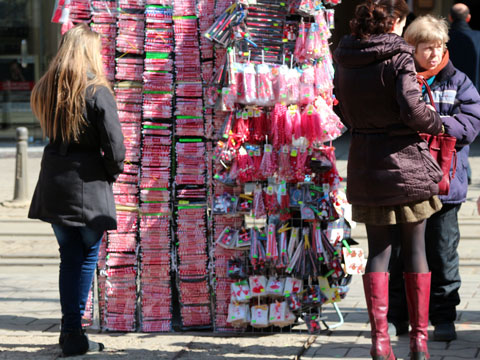
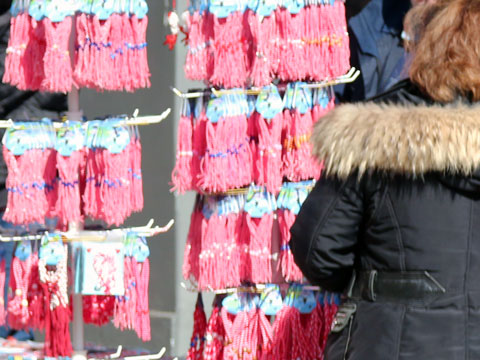
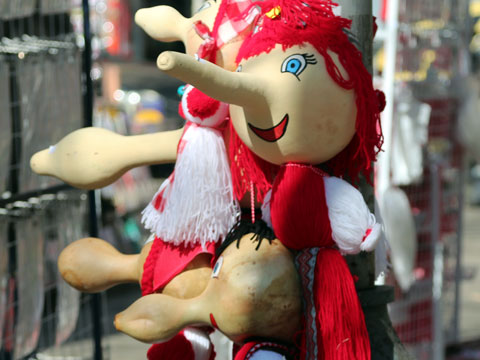
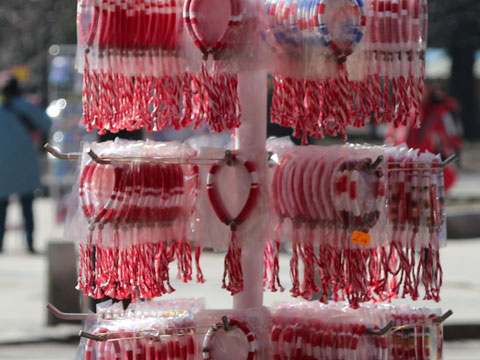
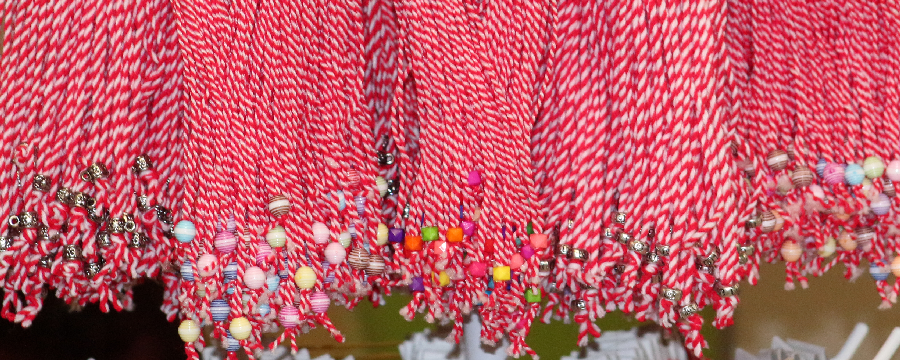
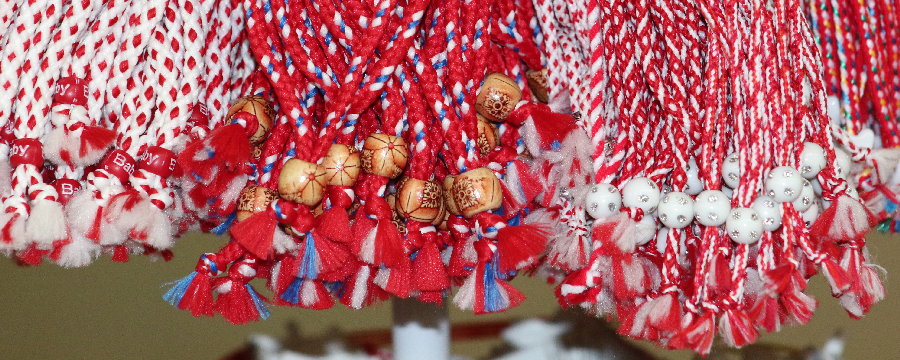
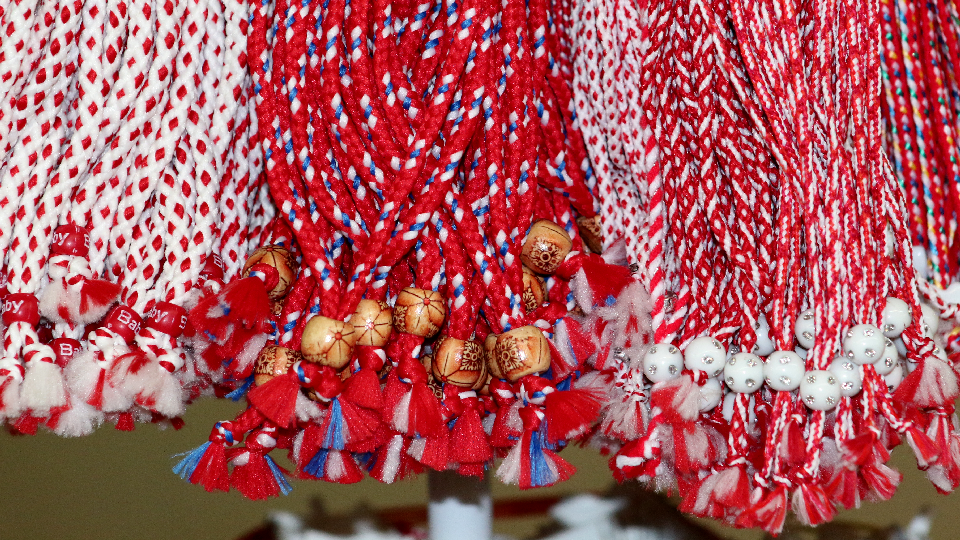
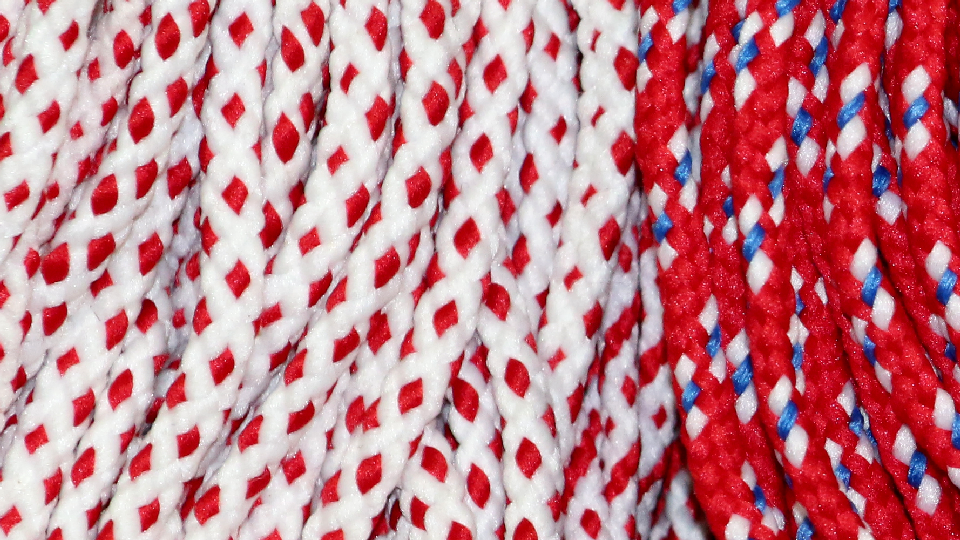
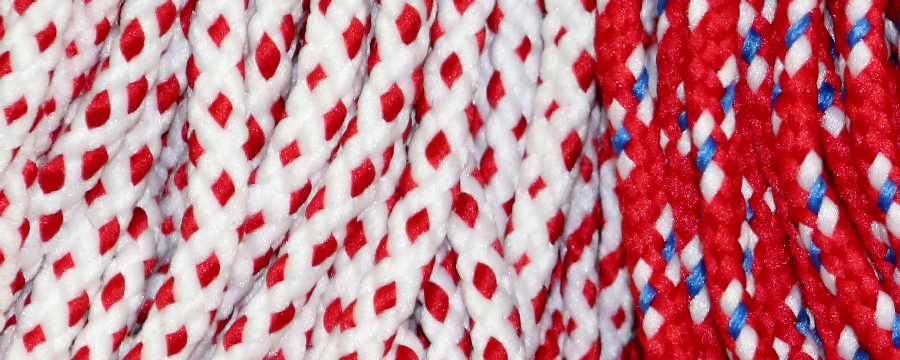
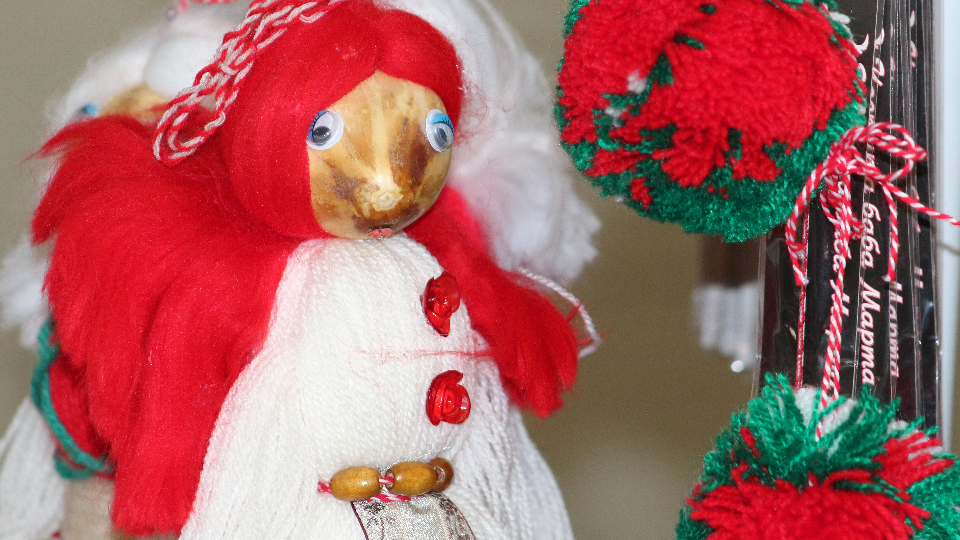


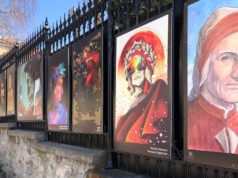
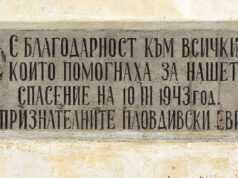
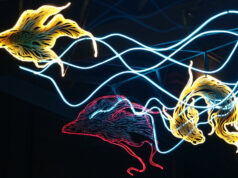
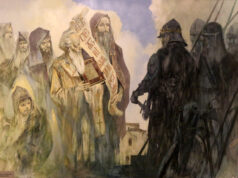
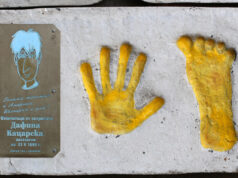
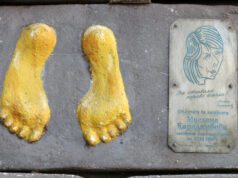
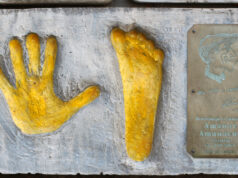
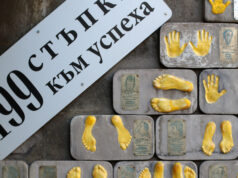
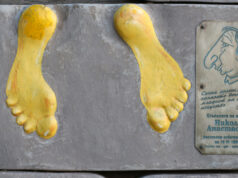
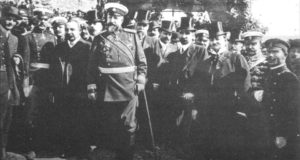
[…] [What is a martenitsa? Learn more here] […]
[…] on the first day of March, when almost all Bulgarians wear a bit of red and white yarn called a martenitsa pinned to a coat or tied around the wrist as a sign of participation in the great waiting game for […]